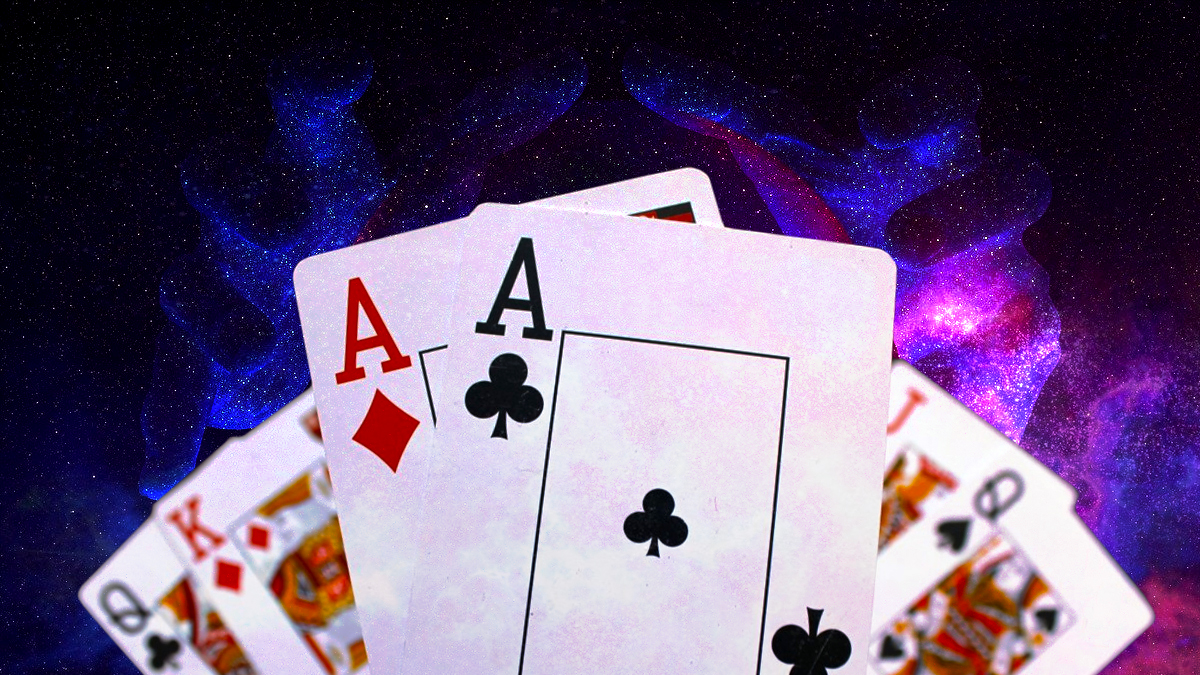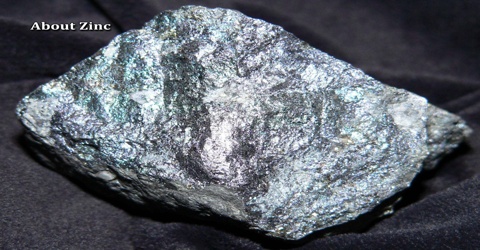Body Language At The Poker Table
Posted By admin On 17/07/22- Photo by PAF Poker Challenge // C.C. BY 2.0 When you play live-action poker, learn to observe other players’ body language. A very general rule to follow is this: strong body language means the player has a weak hand, and weak or disinterested body language means the player has a strong hand.
- An important part of playing live poker has to do with figuring out what your opponents’ body language means. These indicators are called “tells” and refer to involuntary physical movements that give us a clue about the cards.
- Of course, body language is completely out of the equation during online poker. If you play primarily on a computer, you can probably skip this story — it won’t really matter in your results. If you do intend to play live poker, though, being well-versed in body language will get you tremendous results.
If you decide to disconnect from virtual play for a while to play in alive setting, you need to think about how body language and physical appearanceare going to affect your performance. In a real-life setting, poker players tryto read other players by looking at the way they are dressed, the way they holdthemselves, and their facial expressions, so you need to be careful not to givethe wrong impression (unless you want to give them false tells, of course, butthat’s a risky strategy).

I’m not saying you have to wear a big cowboy hat like those guys in poker movies,but you will need to think carefully about how you dress and how you’representing yourself to the other players at the table.
What to wear
In that way, your hand body language signals what you don't say with your words. Being able to properly read body language is a key to ANY successful relationship. Here are 13 of the most common hand body language gestures (with pictures) you'll see every day: 1. Body Language Is Also Subtle, and Poker Players Learn This When playing a game of cards, people may inadvertently express their confidence, or lack thereof, in the cards they have been dealt. It could be a frown that says, “I hate these cards.” It could be a sudden intense stare at other players that says, “I think I have a good hand.”.
The number one tip would probably be this: don’t try too hard! If you showup at a live poker game wearing a tuxedo like a James Bond wannabe, people arenot going to take you seriously. This isn’t a movie! Lots of poker playersfavor clothes that cover their faces, such as hoodies, hats, and sunglasses, asthese can help to minimize visible physical tells. But, conversely, they canalso draw attention to you, perhaps mark you out as someone who lacks theexperience to control their physical tells and might, in specificcontexts, be perceived as a sign of weakness.

Another potential downside to covering your face with hoods and glasses isthat you may be preventing yourself from using your facial expressions to givefalse tells. As we mentioned earlier, this can be a risky strategy, but ifyou’re an experienced live-action player and confident in your ability tomanipulate your opponents’ thinking with false physical tells, then ditch thesunglasses and hoodies.
You need to think carefully about all of these variables, where you’replaying, who you’re playing with, and what you feel comfortable wearing whenplanning your outfit for a live poker game. As it’s essential to stay relaxedand calm during a poker session, choosing clothes that you feel mostcomfortable in is probably the best approach.

Body language
Reading Body Language At The Poker Table
The other factor in this equation is body language beyond the facial expressions mentioned above. It’s common to hear statements such as “80% of all communication is non-verbal,” and, while there is some debate on the exact figures, what is doubtlessly true is that non-verbal communication, i.e., body language, is incredibly important, especially in the context of a live-action poker game.
Strong = weak
A very general rule to follow is this: strong body language means the playerhas a weak hand, and weak or disinterested body language means the player has astrong hand. For instance, if a player puts on a brash and confident air whenmaking bets by raising their voice, slamming chips about, and being veryemphatic in their movements, then they may well be trying to overcompensate forweak cards. If, on the other hand, a player sighs dejectedly, folds their arms,and leans back from the table during play, they may well be sitting on a greathand.

Body Language At The Poker Table
These are very general rules of thumb, of course, and you’ll also need toobserve other player’s behavior over time, looking for patterns and trying toconstruct some frame of reference. Try and gauge what their normal behavior isand watch out for deviations from it, then you will start to get a moredefinite sense of how to interpret their body language.
For example: what is their regular breathing pattern? Can you notice theirbreath becoming heavier or shallower? Do they like to maintain eye contact, ordo they prefer to look away? Is their general body language open, or closed?When you have established some reference points, you will notice when theirbehavior deviates from this norm, which may well indicate that the player isholding some good cards. Be observant of and responsive to changes in youropponents’ body language, and you could find yourself improving your game.

In short, poker is a complicated game, and successful players have to beable to process large amounts of information from several channels to win. Youropponents’ physical appearance is one of those channels. Tune in to it.